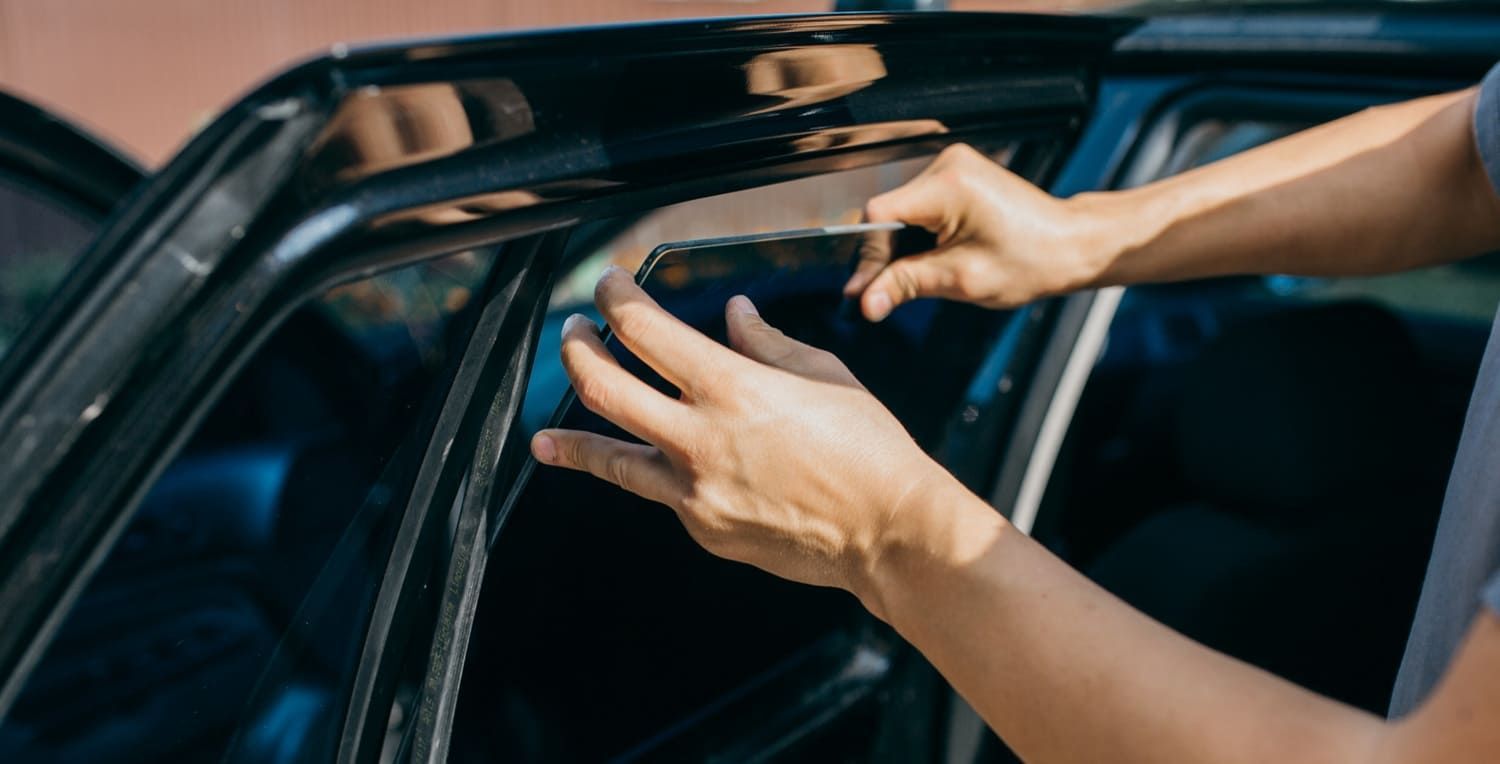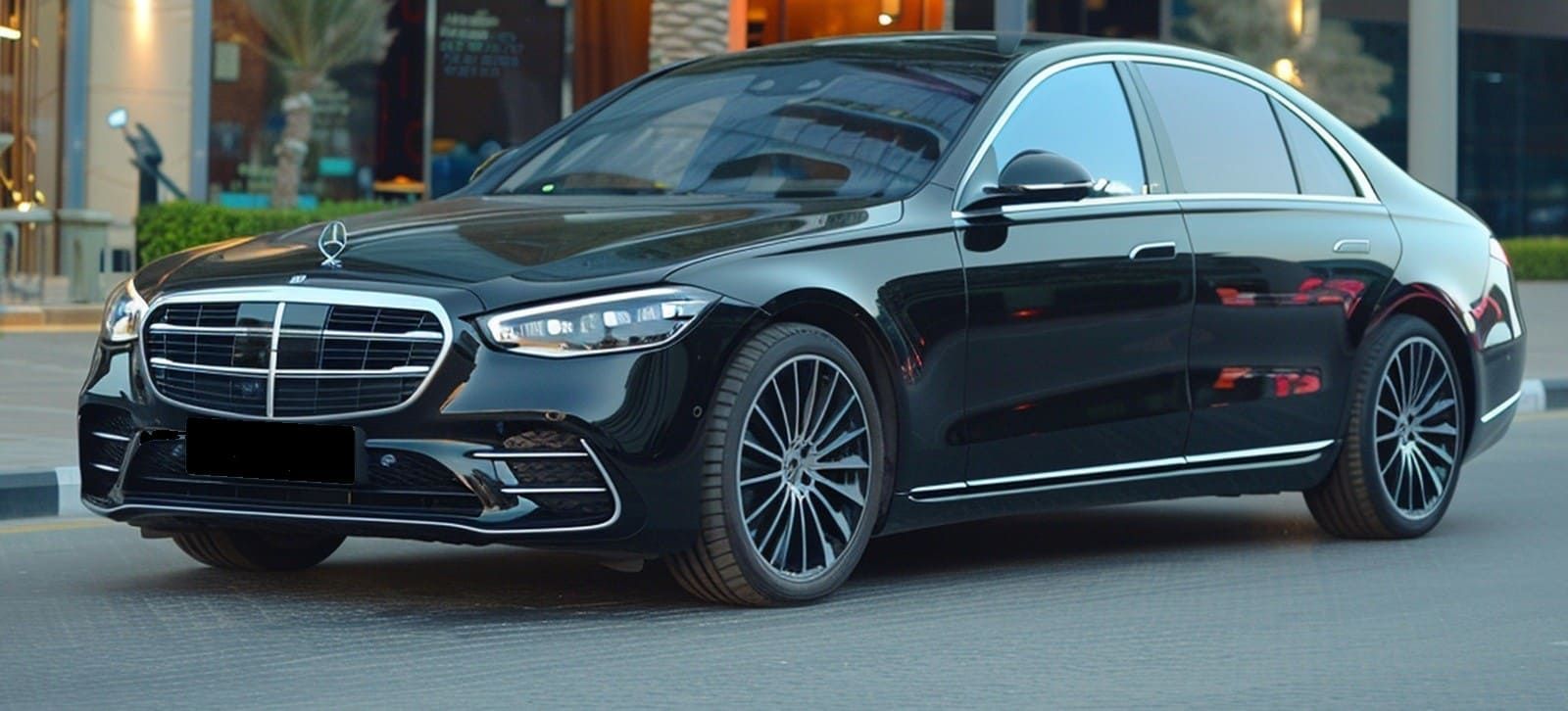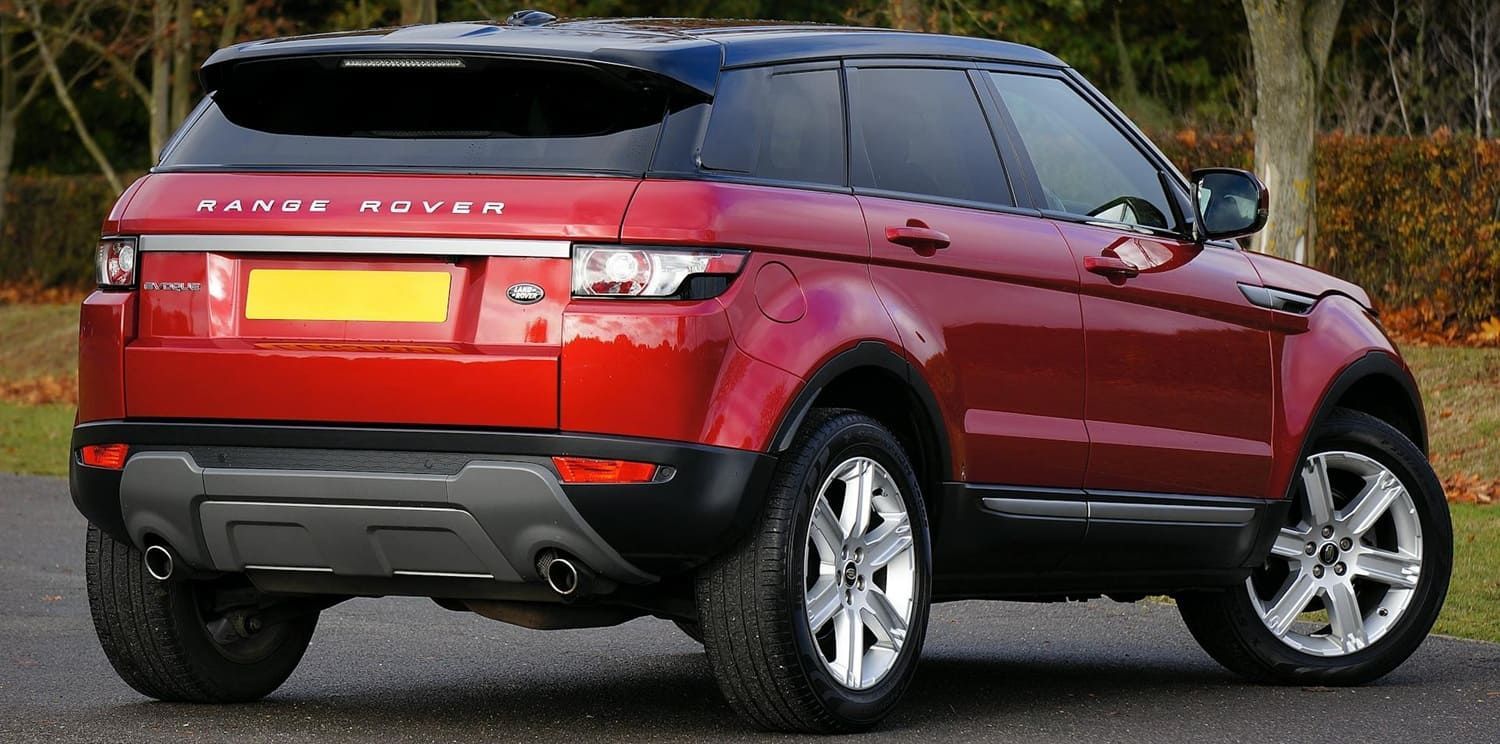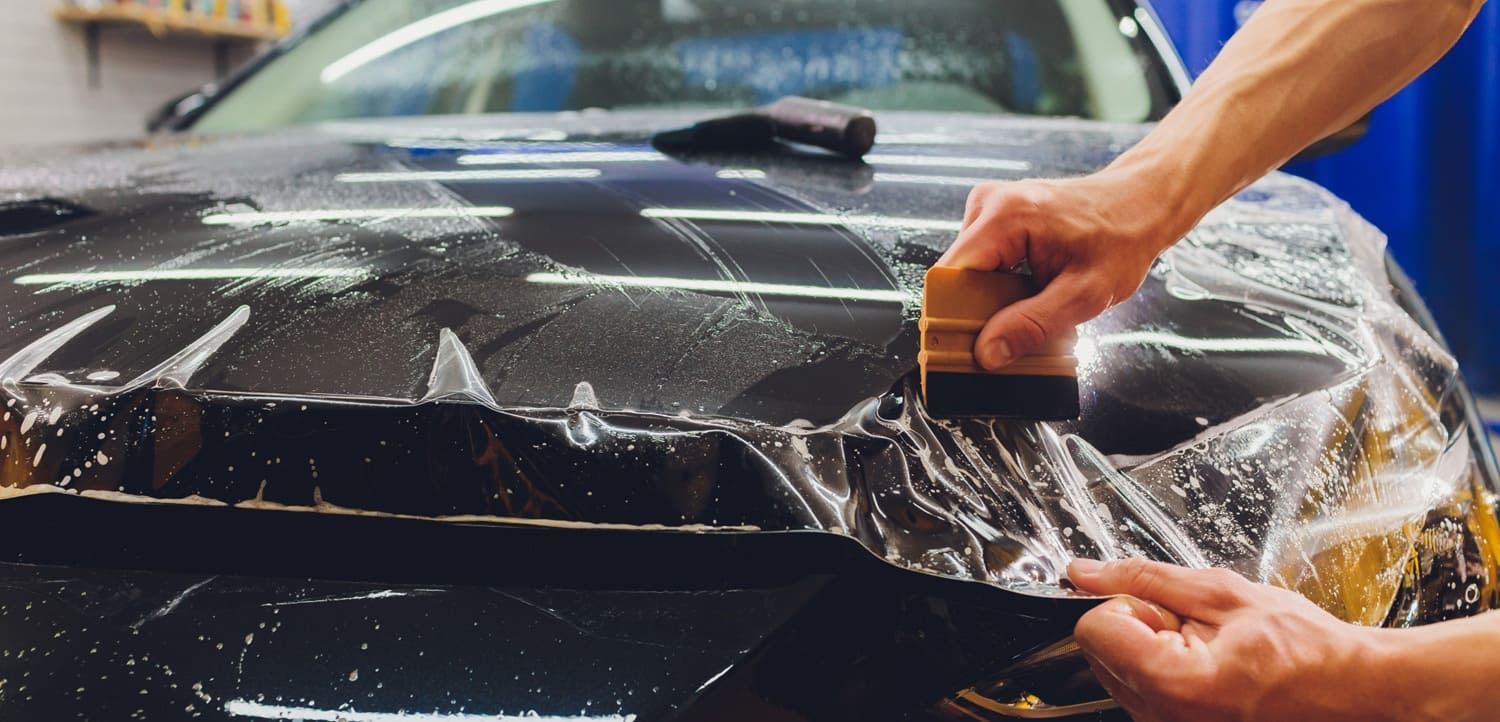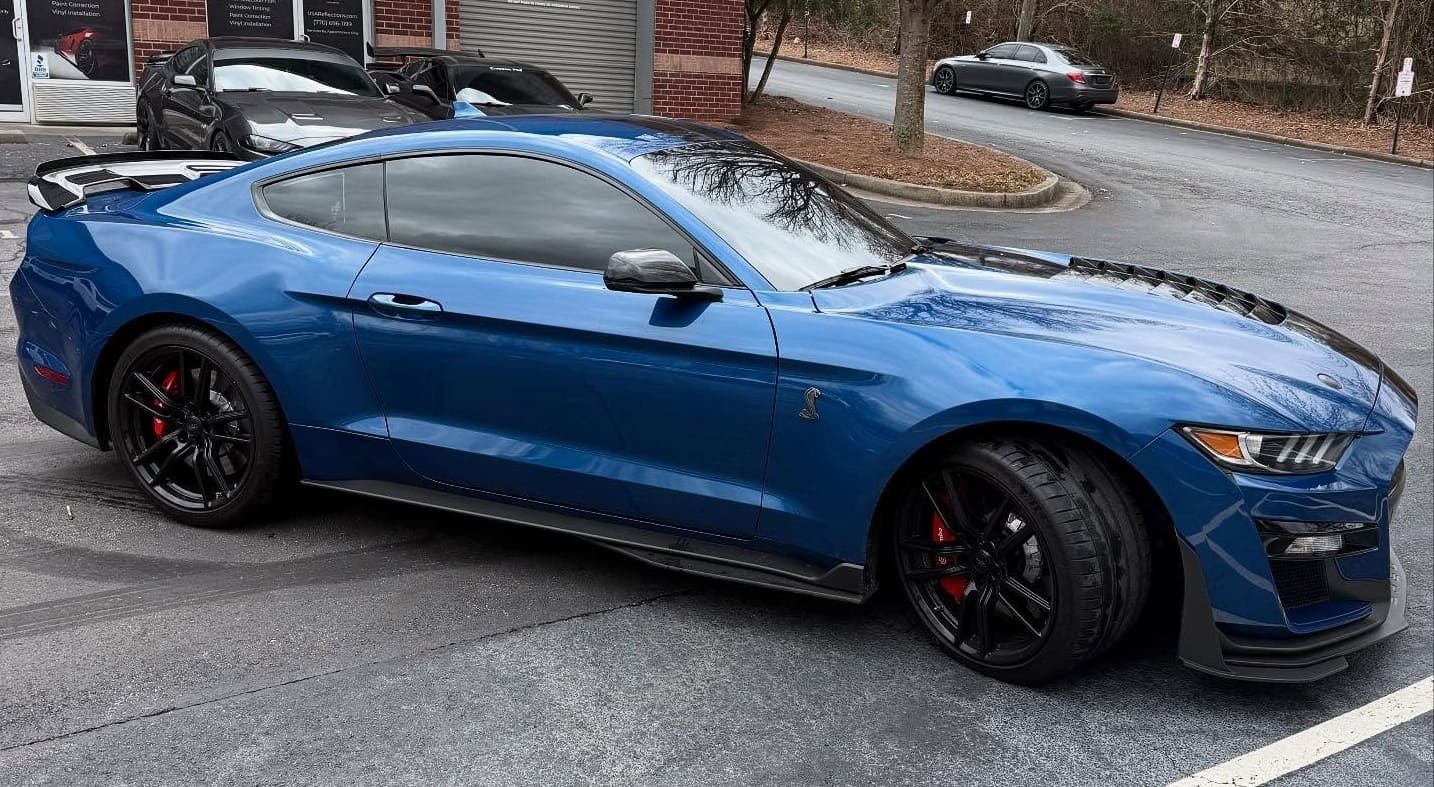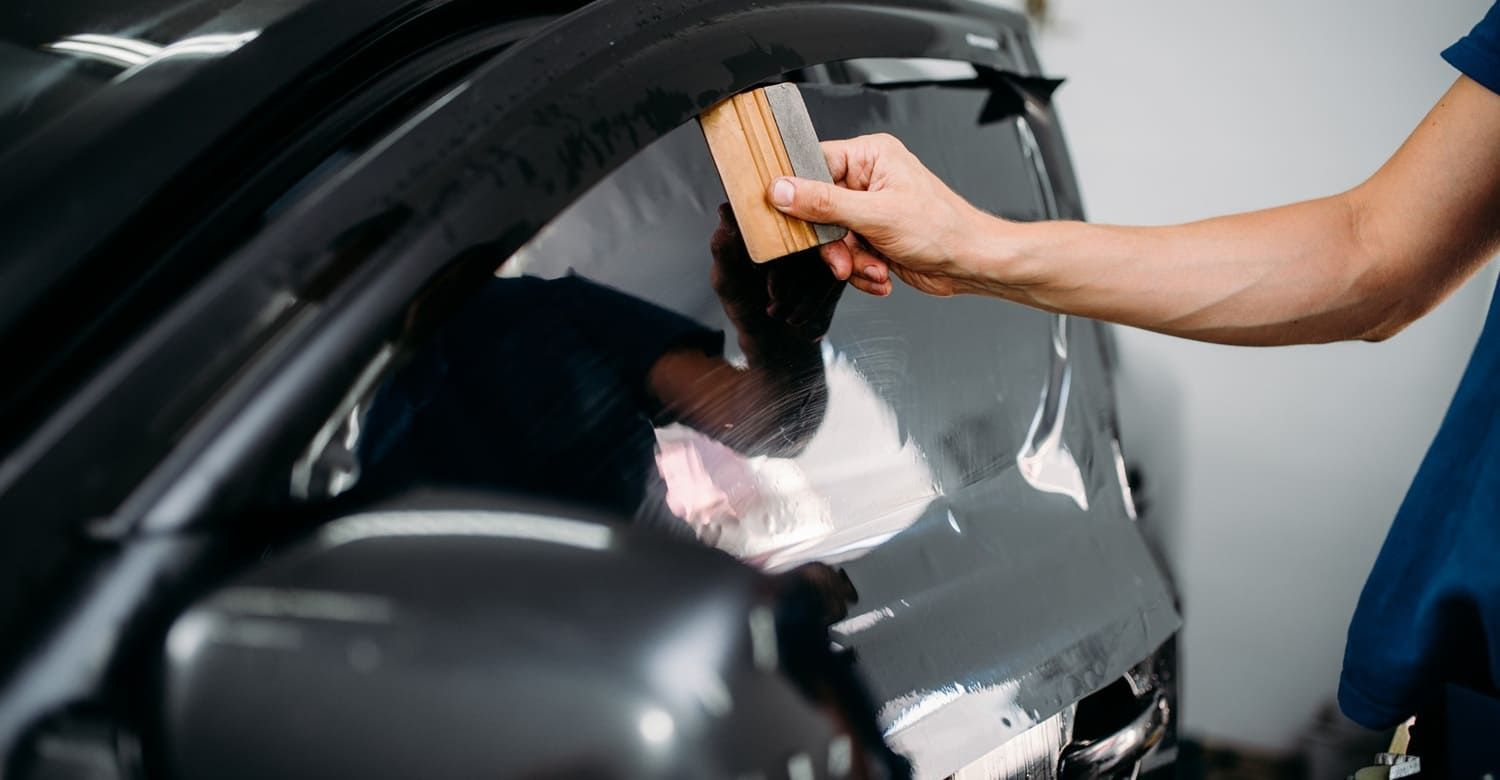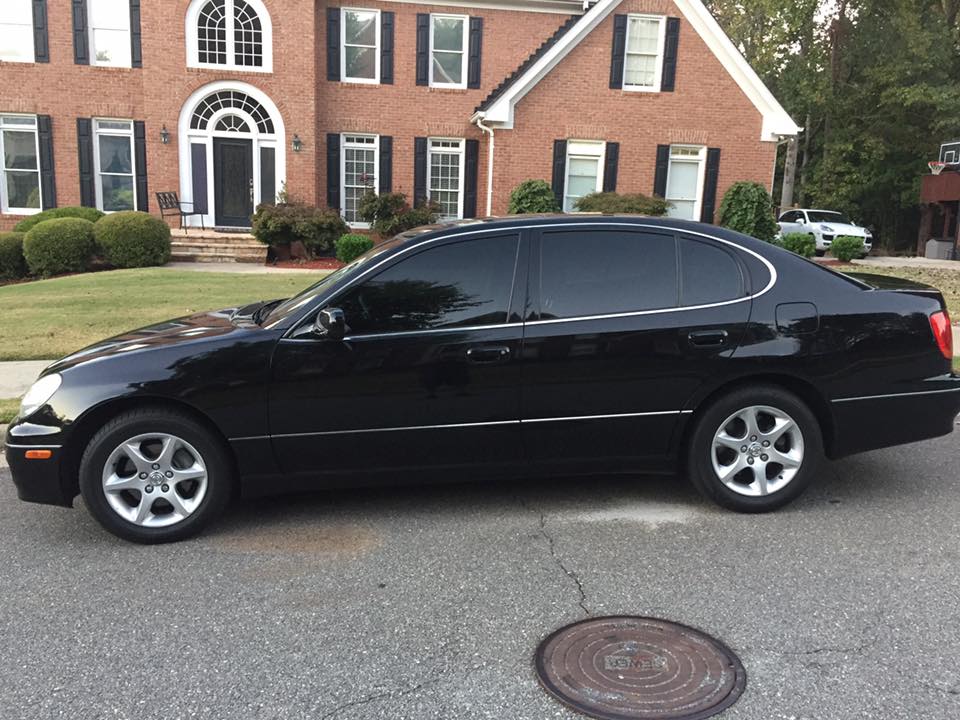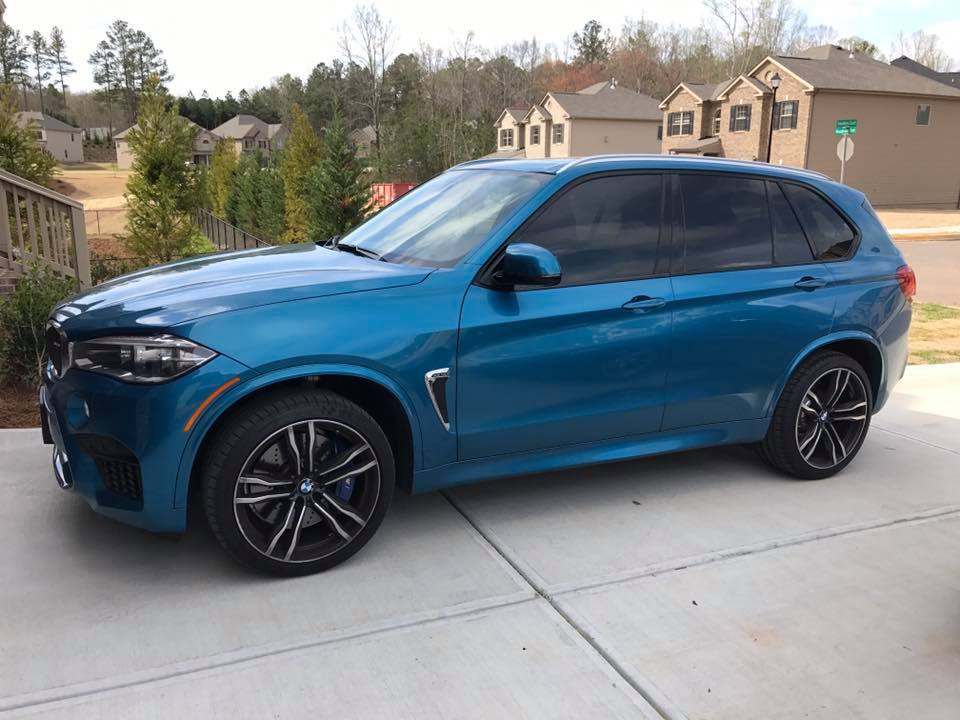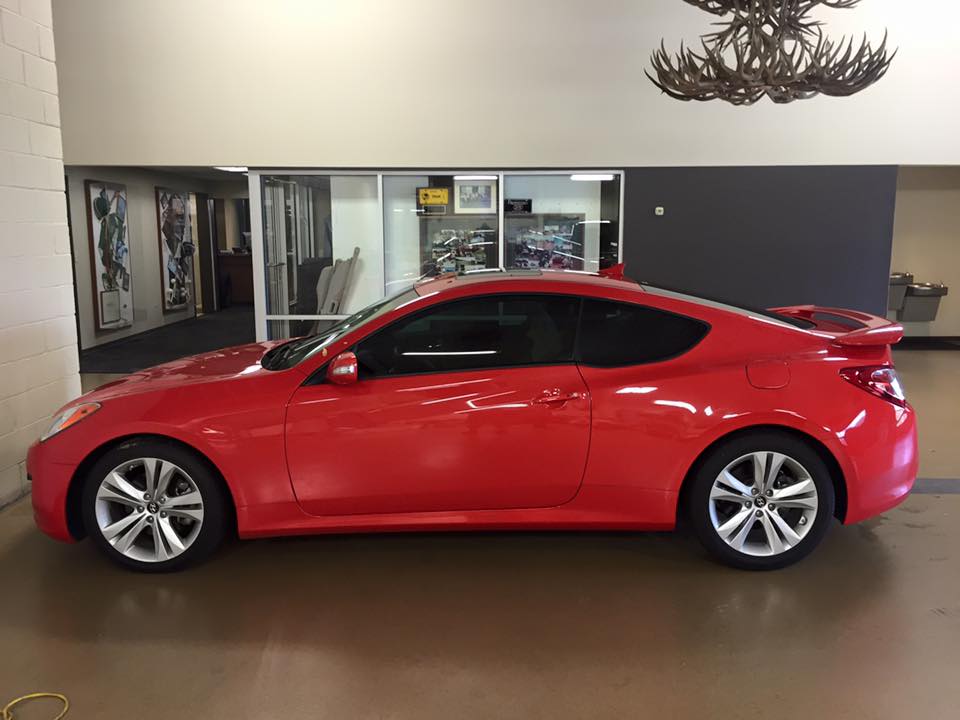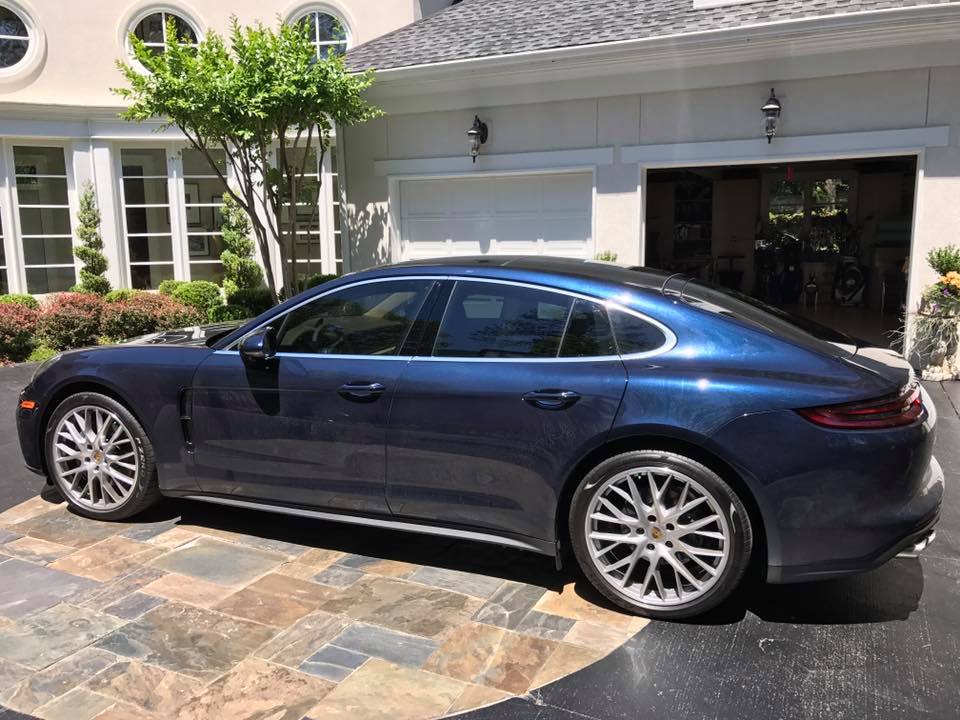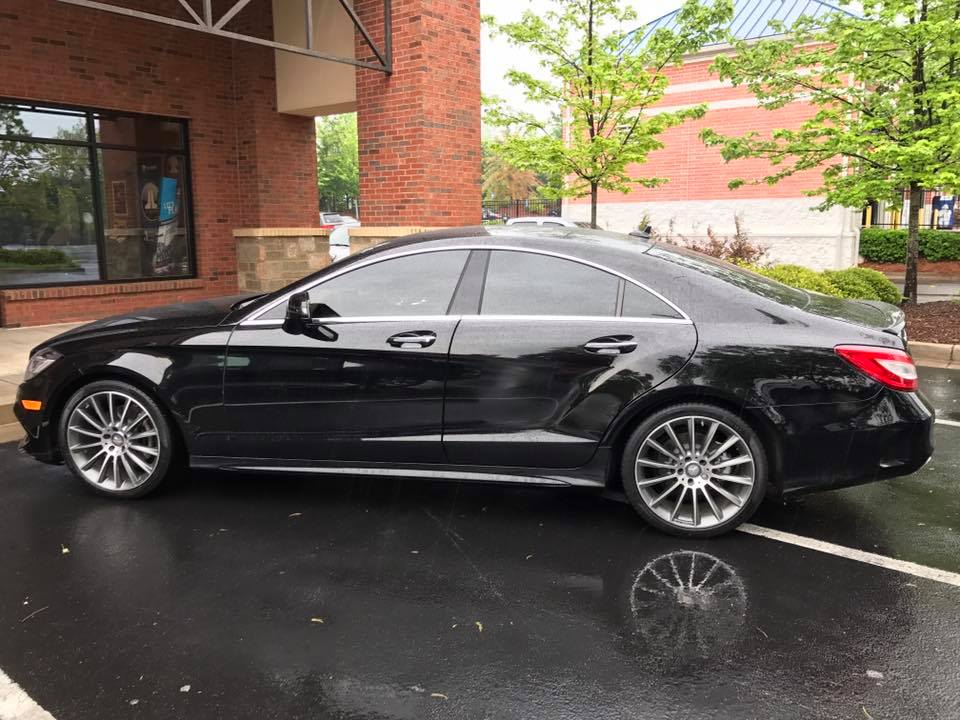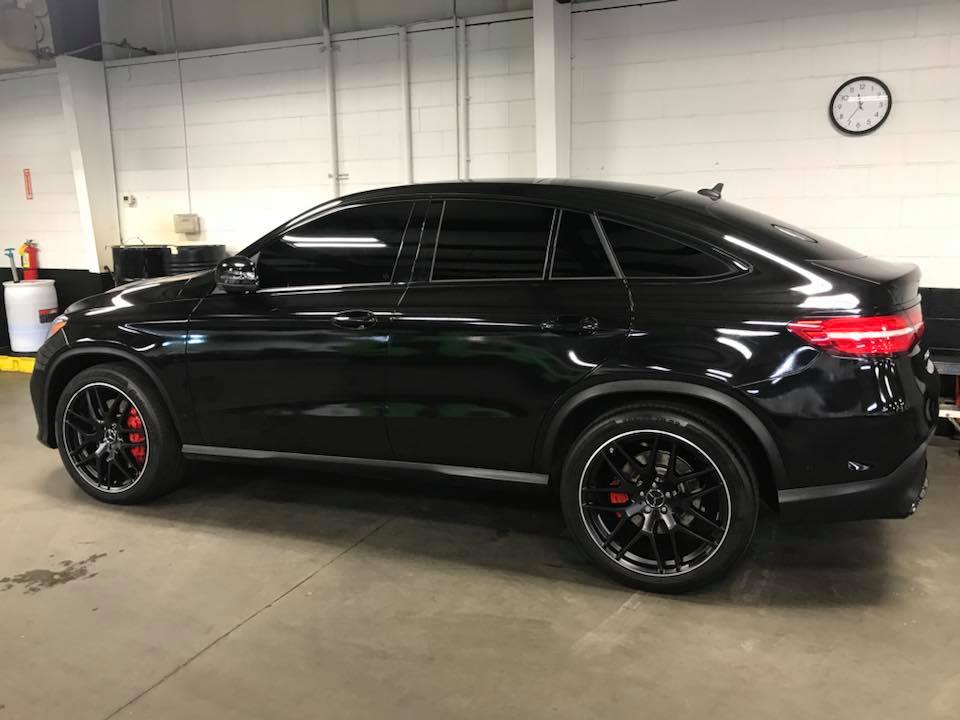Car Tint Price Comparison: High-Quality vs Cheap Tint
Choosing the right car tint can mean the difference between lasting protection and costly replacement. Whether you’re weighing premium ceramic or budget dyed film, understanding how film quality, installation, and local regulations affect your investment is essential. In this guide, we compare high-quality versus cheap tint materials, uncover long-term costs beyond the sticker price, explore Georgia’s tint laws, explain how Paint Protection Film (PPF) enhances window tinting, and show why Metropolitan Tinting delivers superior results. You’ll learn material performance, pricing factors, legal limits, complementary services, and actionable steps to secure a flawless tint or PPF installation in Georgia.
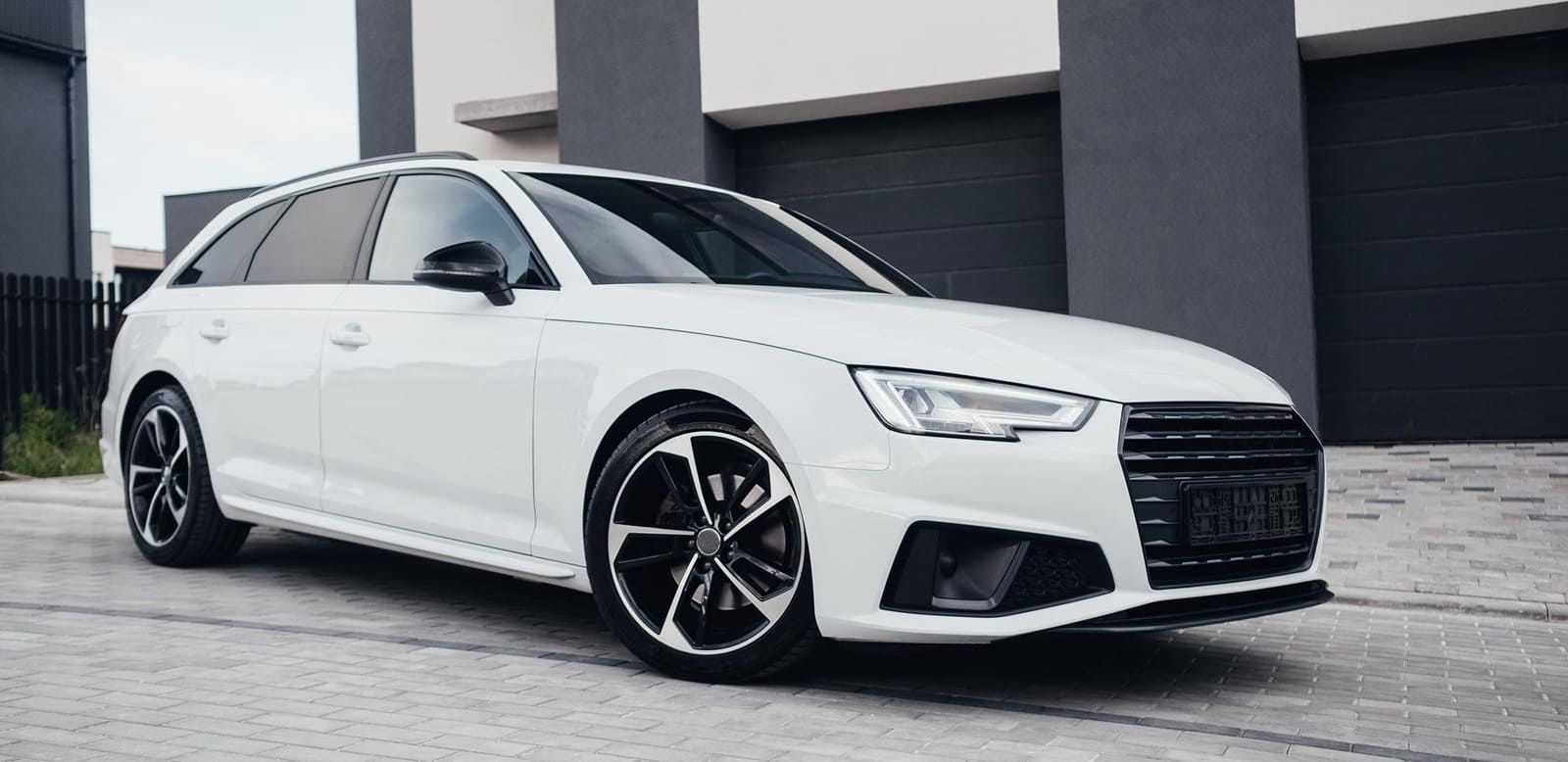
What Are the Key Differences Between High-Quality and Cheap Car Tint Materials?
High-quality tint films employ advanced ceramic, carbon, or hybrid technologies to block heat, UV rays, and glare, while cheap dyed films rely on simple pigment layers that fade quickly and bubble. The following table contrasts critical attributes of premium and budget tint:
| Tint Category | Heat Rejection (%) | UV Protection (%) | Lifespan | Appearance Over Time | Typical Cost (GA) |
|---|---|---|---|---|---|
| Ceramic / Carbon | 70–90 | 99 | 7–10+ years | Stable clarity | $400–$800 |
| Dyed / Basic Film | 20–40 | 50–70 | 1–3 years | Fading, bubbling, purple | $100–$300 |
This breakdown highlights why premium films deliver lasting comfort and protection, setting up our deeper dive into each material’s benefits and drawbacks.
What Are the Benefits of Ceramic and Carbon Window Tint?
Ceramic and carbon window tints provide outstanding heat rejection, UV blockage, and optical clarity by using inorganic particles that do not fade or interfere with signals.
Key advantages include:
- Superior Heat Control: Ceramic particles reflect up to 90% of infrared radiation, keeping cabins cooler.
- Maximum UV Protection: Blocking 99% of UV rays prevents interior fading and protects skin.
- Long-Term Durability: These films resist bubbling, peeling, and discoloration for 7–10 years or more.
Benefits of Ceramic Window Tint
Ceramic window tint is known for its superior heat rejection capabilities, blocking up to 90% of infrared radiation, which helps keep vehicle interiors cooler. This type of tint also provides maximum UV protection, blocking 99% of harmful UV rays, which prevents interior fading and protects occupants.
- International Window Film Association
This citation supports the article's claims about the performance and benefits of ceramic window tint, enhancing the credibility of the information provided.
How Do Dyed and Basic Tints Compare in Quality and Durability?
Dyed and basic polymer tints use a layer of dye to absorb sunlight rather than reflect it, leading to rapid degradation:
- Rapid Fading: Pigment breaks down under sunlight, causing purple or brown discoloration.
- Bubbling & Peeling: Adhesive failure results in bubbles and edge lifting within months.
- Limited Protection: Only 20–40% heat rejection and 50–70% UV blockage leave interiors vulnerable.
Cheap films offer low upfront cost but often require replacement two to three times over the life of a high-quality alternative.
How Does Heat Rejection and UV Protection Vary Between Tint Types?
Heat rejection and UV protection differ by technology, influencing comfort and safety. The table below shows average performance:
| Film Type | Infrared Rejection | UV Blockage | Benefit |
|---|---|---|---|
| Nano-Ceramic | 85–90% | 99% | Cooler cabin, reduced A/C load |
| Carbon | 70–80% | 99% | True black appearance, glare reduction |
| Dyed Polymer | 20–40% | 50–70% | Basic privacy but limited heat control |
Advanced films not only block heat but also preserve interior materials and improve driving comfort, leading to energy savings and reduced AC wear.
What Is the Typical Lifespan of High-Quality vs Cheap Tint?
High-quality films last significantly longer due to robust materials and professional installation:
- Ceramic/Carbon Tint: 7–10 years, with some ceramic formulas rated up to 20 years.
- Dyed Tint: 1–3 years before noticeable fading or bubbling.
Investing in premium tint reduces replacement frequency, saving money and avoiding downtime for reinstallation.
How Do Appearance and Fading Differ Over Time?
Premium ceramic and carbon films maintain color stability and clarity, while dyed films exhibit:
- Edge lifting and adhesive separation.
- Uneven discoloration across windows.
- Loss of tint shade, compromising privacy and aesthetics.
Optical stability of high-quality films ensures a consistent look that complements any vehicle for years.
What Are the Price Ranges for Different Tint Materials in Georgia?
Understanding local pricing helps set realistic expectations. In Georgia, approximate full-vehicle tint costs are:
| Tint Technology | Low End | High End |
|---|---|---|
| Dyed / Basic | $100 | $300 |
| Carbon Hybrid | $250 | $500 |
| Nano-Ceramic | $400 | $800 |
Vehicle size, number of windows, and brand selection influence final quotes, with premium brands like LLumar, XPEL, and 3M costing more but offering superior warranties and performance.
What Are the True Costs of Car Tinting Beyond the Initial Price?
An initial low price can obscure long-term expenses linked to cheap tint installations. Knowing hidden costs ensures you make an informed choice.
What Hidden Costs Are Associated with Cheap Tint?
Budget films often lead to expenses such as:
- Early Replacements: Reapplication every 1–3 years doubles or triples lifetime cost.
- Interior Damage: UV exposure fades upholstery and dashboard, leading to repair or replacement.
- Resale Value Reduction: Faded or bubbled tint deters potential buyers.
- Legal Fines: Non-compliant films may trigger fines in Georgia, adding unexpected costs.
Recognizing these factors reveals how cheap options can become more expensive over time.
How Does Investing in High-Quality Tint Save Money Over Time?
Premium films yield savings through:
- Durability: Lasting 7–10+ years under warranty.
- Energy Efficiency: Reduced A/C usage lowers fuel costs.
- Interior Preservation: UV blockage prolongs upholstery life.
- Warranty Coverage: Manufacturer and installer guarantees eliminate reapplication expenses.
A single high-quality installation often outperforms multiple cheap tint jobs in total cost of ownership.
How Does Professional Installation Impact Tint Longevity and Cost?
Professional installation ensures proper surface preparation, precise cutting, and bubble-free application:
- Surface Prep: Meticulous cleaning removes contaminants that cause peeling.
- Precision Fit: Exact edge sealing prevents moisture infiltration and bubbling.
- Warranty Assurance: Expert installers back their work, covering failures at no extra charge.
Attempting DIY or low-cost installers risks uneven adhesion, trapped debris, and quick failure, undermining both performance and value.
Which Factors Influence Car Tint Prices in Georgia?
Several elements determine the final quote you’ll receive:
How Do Film Type and Brand Affect Tint Pricing?
Premium brands and technologies carry higher price tags due to research, manufacturing quality, and warranties:
- LLumar: Mid-range nano-ceramic options with strong performance.
- XPEL: High-end carbon and ceramic films with lifetime warranties.
- 3M: Renowned for signal-friendly, multilayer films.
Each brand’s technology, UV/IR rejection rates, and warranty length directly influence cost.
How Does Vehicle Make, Model, and Window Count Impact Cost?
Larger vehicles and complex window shapes require more film and labor:
- Sedans: 5–6 windows, average labor.
- SUVs/Vans: 7–8 windows plus windshield strip.
- Aftermarket Windows: Custom shapes increase cutting time.
Curve complexity, sensor integration, and embedded antennas further raise installation time and expense.
Why Is Professional Installation More Cost-Effective Than DIY?
Engaging certified installers adds value by:
- Reducing Material Waste: Expert cutting avoids film scrap.
- Ensuring Uniform Application: No wrinkles, bubbles, or edge peeling.
- Providing Warranty Protection: Professional coverage for unexpected failures.
- Saving Time and Frustration: Quick turnarounds and expert troubleshooting.
Investing in expertise minimizes lifetime costs and secures peak film performance.
What Are Georgia’s Window Tint Laws and How Do They Affect Your Tint Choice?
Georgia law sets clear limits on darkness and reflectivity to ensure driver visibility and safety.
What Are the Visible Light Transmission (VLT) and Reflectivity Limits for Sedans, SUVs, and Vans?
- Sedans (Front Side/Rear Side/Rear Windows): ≥32% VLT; reflectivity ≤20%.
- SUVs & Vans (Front Side): ≥32% VLT; Back Side/Rear: No VLT limit; reflectivity ≤20%.
- Windshield: Non-reflective strip above top five inches only.
Georgia Window Tint Laws
Georgia law dictates the permissible levels of tint darkness and reflectivity for vehicle windows to ensure driver visibility and safety. These regulations vary based on the type of vehicle, with sedans, SUVs, and vans each having specific requirements for Visible Light Transmission (VLT) and reflectivity percentages.
- Georgia Department of Revenue
This citation provides the legal framework for window tinting in Georgia, which is essential for understanding the article's discussion of compliance and penalties.
What Are the Penalties for Non-Compliance with Georgia Tint Laws?
Tint violations may result in:
- Misdemeanor citation.
- Fines up to $350 plus court costs.
- Requirement to remove illegal film.
- Possible insurance premium increases.
Adhering to regulations avoids legal hassles and added expenses.
How Can You Ensure Your Tint Meets Georgia Regulations?
To guarantee compliance:
- Choose Certified Installers: Professionals understand state limits and use VLT meters.
- Request Certification: Obtain documentation verifying VLT percentages.
- Select Reputable Brands: Many premium films come with printed VLT values.
Proper guidance and verification prevent fines and ensure legal driving.
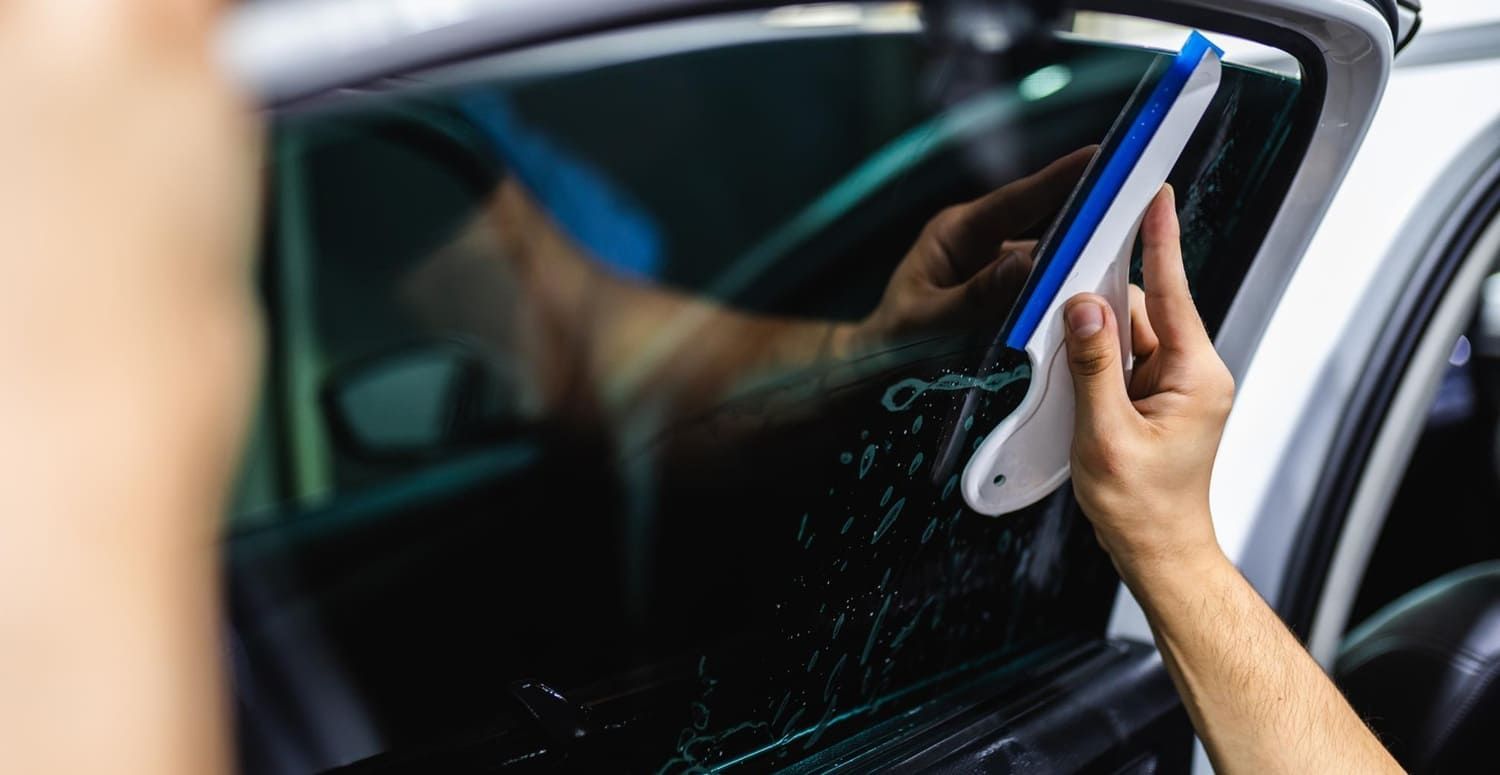
How Does Paint Protection Film (PPF) Complement Car Tinting in Georgia?
PPF extends vehicle protection from surfaces to windows, creating a comprehensive shield.
What Is Paint Protection Film and How Does It Protect Your Vehicle?
Paint Protection Film (PPF) is a clear polyurethane layer applied over painted surfaces. It:
- Self-heals minor scratches with heat activation.
- Deflects rock chips, road debris, and swirl marks.
- Preserves factory paint gloss and finish.
Pairing PPF with window tint delivers holistic defense against Georgia’s sun and road hazards.
What Are the Benefits of PPF for Georgia Car Owners?
- Enhanced resale value through immaculate paint condition.
- UV barrier protecting paint from oxidation.
- Low-maintenance surface resistant to everyday wear.
- Seamless integration with existing curves and contours.
These properties make PPF a smart complement to premium tint for comprehensive vehicle care.
How Does PPF Pricing Compare and What Factors Affect Cost?
PPF costs vary by coverage area and film type:
| Coverage Area | XPEL Ultimate Plus | XPEL Stealth (Matte Finish) |
|---|---|---|
| Partial Hood | $300–$500 | $400–$600 |
| Full Hood & Fenders | $800–$1,200 | $1,000–$1,500 |
| Full Vehicle | $2,500–$5,000 | $3,000–$6,000 |
Complex curves, film type, and warranty options drive the final quote.
Why Choose Metropolitan Tinting for High-Quality Tint and PPF Solutions in Georgia?
When performance and appearance matter, relying on proven expertise pays dividends.
What Professional Installation Standards Does Metropolitan Tinting Follow?
Our technicians adhere to:
- Precision Surface Prep: Ensuring debris-free adhesion.
- Laser-Guided Cutting: Perfect edge alignment.
- Multi-Stage Bonding: Layered installation for maximum durability.
- Post-Install Inspection: Quality check under varied lighting conditions.
These standards guarantee bubble-free, long-lasting results.
Which Premium Brands and Products Do We Offer?
We partner with industry-leading manufacturers:
- LLumar Nano-Ceramic: Excellent heat and UV rejection.
- XPEL Ultimate & Stealth: Self-healing finishes for paint and windows.
- 3M Crystalline: Signal-friendly, high-performance films.
Customers choose from top film lines backed by strong warranties.
How Can You Schedule a Consultation or Get a Quote?
Contact us today to:
- Request an on-site VLT reading.
- Receive a personalized film recommendation.
- Book a no-obligation estimate.
Visit our online scheduler or call our Georgia service center to lock in your installation date.
Frequently Asked Questions
What Should I Consider When Choosing a Tint Installer?
When selecting a tint installer, consider their experience, customer reviews, and warranty offerings. Look for certified professionals who use high-quality materials and have a solid track record of successful installations. It's also beneficial to ask about their installation techniques, as proper application can significantly affect the longevity and performance of the tint. A reputable installer should provide a clear explanation of the products they use and be willing to answer any questions you may have about the process.
Can I Remove Old Tint Myself, or Should I Hire a Professional?
While it is possible to remove old tint yourself, hiring a professional is recommended for the best results. DIY removal can lead to damage to the window or adhesive residue that is difficult to clean. Professionals have the right tools and techniques to safely remove tint without harming the glass. Additionally, they can inspect the window for any potential issues that may need addressing before applying new tint, ensuring a smoother installation process.
How Do I Maintain My Window Tint After Installation?
To maintain your window tint, avoid using abrasive cleaners or tools that could scratch the film. Instead, use a soft cloth and a mild soap solution for cleaning. It's also advisable to wait at least 30 days after installation before cleaning the windows to allow the tint to cure properly. Regular inspections for bubbling or peeling can help catch any issues early, ensuring your tint remains in good condition for years to come.
What Are the Environmental Benefits of Using High-Quality Tint?
High-quality window tint can contribute to environmental sustainability by improving energy efficiency in vehicles. By blocking a significant amount of heat and UV rays, these tints reduce the need for air conditioning, leading to lower fuel consumption and greenhouse gas emissions. Additionally, they help protect the vehicle's interior from fading, which can extend the lifespan of materials and reduce waste. Investing in quality tint is not only beneficial for your vehicle but also for the environment.
Are There Any Special Considerations for Tints on Electric or Hybrid Vehicles?
Yes, electric and hybrid vehicles may require special considerations when it comes to window tinting. Many of these vehicles have advanced technology that can be affected by certain types of films, particularly metallic tints that can interfere with signals. It's essential to choose non-metallic, signal-friendly films, such as ceramic or carbon tints, to ensure that the vehicle's performance and connectivity features remain unaffected. Consulting with a professional installer familiar with these vehicles is advisable.
What Should I Do If I Experience Issues with My Tint After Installation?
If you encounter issues with your tint, such as bubbling, peeling, or discoloration, contact your installer immediately. Most reputable companies offer warranties that cover defects and installation errors. Document the issues with photos and provide them to your installer for assessment. They should be able to advise you on the next steps, which may include repair or replacement under warranty. Prompt action can help ensure that your tint remains effective and visually appealing.
What Is the Real Difference Between High-Quality and Cheap Car Tint?
High-quality tint uses ceramic or carbon layers that actively reflect heat and UV rays, offering up to 90% heat rejection and a decade of durability. Cheap dyed films absorb heat, block less UV, and degrade within a few years, leading to fading and bubbling.
How Much Does High-Quality Car Tint Cost in Georgia?
A full-vehicle installation of premium ceramic or carbon tint ranges from $400 to $800, depending on film brand, vehicle size, and window count. Mid-range carbon hybrids may start around $250, while budget dyed options begin near $100.
What Are Georgia’s Legal Window Tint Percentages?
Most sedans must maintain ≥32% Visible Light Transmission (VLT) on all side and rear windows. SUVs and vans can have any darkness on rear windows but must keep front side windows at ≥32% VLT. Reflectivity on all windows cannot exceed 20%.
What Are the Benefits of Ceramic Window Tint?
Ceramic tint delivers:
- Exceptional Heat Rejection: Up to 90% infrared blockage.
- Premium UV Protection: 99% of harmful rays filtered.
- No Signal Interference: Passive, non-metallic composition.
These features translate to cooler cabins, protected interiors, and worry-free connectivity.
How Long Does Car Window Tint Last?
Professional ceramic or carbon tints last 7–10 years under normal use, with some high-end films rated up to 20 years. Basic dyed films degrade in 1–3 years, requiring more frequent replacements.
Does Cheap Tint Fade or Bubble?
Yes. Dyed and low-quality polymer films are prone to pigment breakdown, leading to discoloration, edge lifting, and air pockets that compromise both appearance and performance.
Is Llumar a Good Tint Brand?
LLumar is widely regarded for consistent quality, strong warranties, and a broad range of film choices—from affordable dye films to advanced nano-ceramic and multi-layer infrared films—making it a reliable tint solution.
What Is Paint Protection Film (PPF)?
PPF is a transparent polyurethane layer applied to painted surfaces that self-heals minor scratches, resists chips and swirl marks, and shields the factory finish. When combined with window tint, PPF completes a full-vehicle protection strategy.
Metropolitan Tinting combines top-tier ceramic, carbon, and PPF solutions with Georgia’s strict regulatory expertise to ensure you get the best value, lasting protection, and legal compliance. Contact us today to experience the difference that professional installation and premium films can make.
Conclusion
Investing in high-quality car tint not only enhances your vehicle's appearance but also provides long-lasting protection against heat and UV rays. Understanding the differences between premium and budget options empowers you to make informed decisions that save money over time. For a flawless installation that meets Georgia's regulations, consider partnering with Metropolitan Tinting. Contact us today to explore our premium tint and PPF solutions tailored to your needs.





